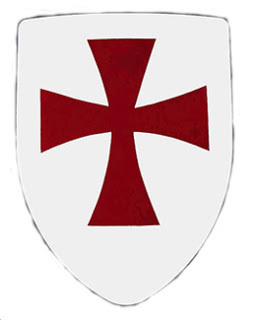

Characteristics of European Feudalism The evolution of highly diverse forms, customs, and institutions makes it almost impossible to accurately depict feudalism as a whole, but certain components of the system may be regarded as characteristic: strict division into social classes, i.e., nobility, clergy, peasantry, and, in the later Middle Ages, burgesses private jurisdiction based on local custom and the landholding system dependent upon the fief or fee. Although analogous social systems have appeared in other civilizations, the feudalism of Europe in the Middle Ages remains the common model of feudal society. The term feudalism is derived from the Latin feodum, for "fief," and ultimately from a Germanic word meaning "cow," generalized to denote valuable movable property. We must now direct our attention to the study of this second aspect of social organization then we shall at last be in a position to attempt to answer the question which it has been the main purpose of our inquiry to elucidate, namely: by what fundamental characteristics, whether or not peculiar to one phase of Western evolution, have these few centuries deserved the name which thus sets them apart from the rest of European history? What portion of their heritage has been transmitted to later times ?įeudalism feudalism (fyōō´dəlĬzəm), form of political and social organization typical of Western Europe from the dissolution of Charlemagne's empire to the rise of the absolute monarchies. From the second feudal age onwards, not only were the orders of society more and more strictly differentiated there was also an increasing concentration of forces round a few great authorities and a few great causes. Moreover, above the confused mass of petty chiefdoms of every kind, there always existed authorities of more far-reaching influence and of a different character. Men were also divided into groups, ranged one above the other, according to occupation, degree of power or prestige. (How such a distinctive structure arose and developed, what were the events and the mental climate that influenced its growth, what it owed to borrowings from a remoter past, we have endeavoured to show in Book I.) In the societies to which the epithet ‘feudal’ is traditionally applied, however, the lives of individuals were never regulated exclusively by these relationships of strict subjection or direct authority. THE most characteristic feature of the civilization of feudal Europe was the network of ties of dependence, extending from top to bottom of the social scale.


 0 kommentar(er)
0 kommentar(er)
